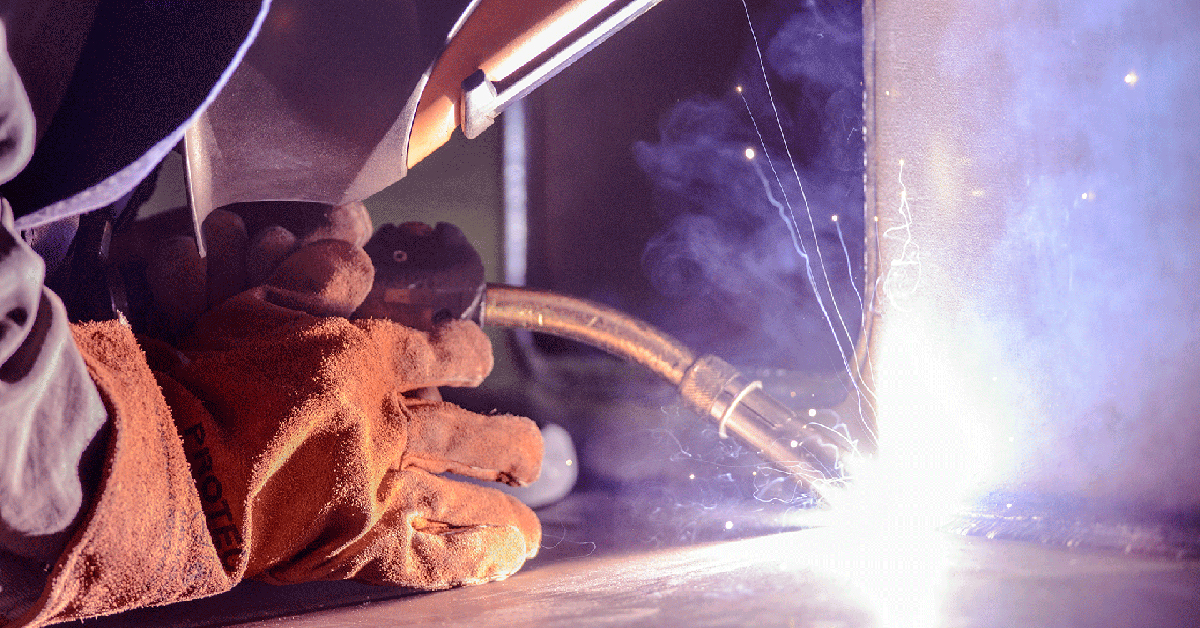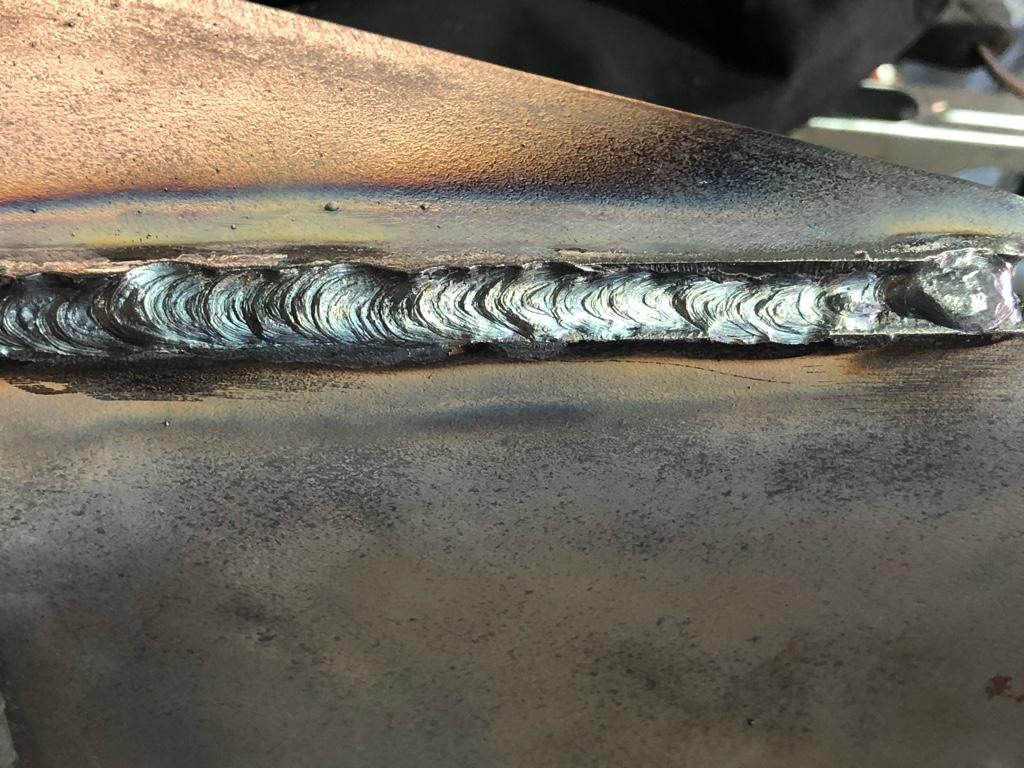Preventing Weld Undercut: Proven Methods Every Welder Should Know
A Comprehensive Overview to Identifying, Averting, and Correcting Undercut Welding Problems in Your Welding Tasks
In the world of welding, coming across undercut concerns is a typical obstacle that can endanger the architectural integrity and overall quality of your welding tasks. Keep tuned as we discover the essential elements of recognizing, protecting against, and repairing undercut welding issues, offering you with important insights and techniques to elevate your welding skills to the following degree.
Usual Root Causes Of Undercut Welding
Undercut welding, a typical problem in welding processes, can be created by various aspects that need to be carefully determined and dealt with to make sure the stability of the weld joint. One of the main causes of undercut welding is too much warmth input.
An additional typical cause of undercut welding is incorrect welding technique. Inadequate adjustment of the welding torch or gun, incorrect angle or range in between the torch and the workpiece, or inconsistent traveling rate can all contribute to the development of undercut. Furthermore, making use of the incorrect welding consumables or electrode size for a particular joint configuration can bring about undercut problems. Determining these root creates and carrying out restorative measures is essential in preventing and fixing undercut welding problems in welding jobs.
Identifying Undercut in Welds

To identify undercut accurately, proper lights and zoom devices are important to examine the weld joint completely. Utilizing tools such as a welding gauge or a magnifying glass can aid in spotting even the smallest undercut blemishes. In addition, running a finger or a finger nail along the weld joint can occasionally expose undercut, as the surface may really feel unequal or have a dip where the undercut exists.
Safety Nets for Undercut
Having a deep understanding of the reasons of undercut in welds allows for the execution of effective preventative steps to keep weld quality and stability. These settings must be optimized to stop too much warm input, which can lead to damage formation.

Methods for Repairing Undercut

Increasing the welding present or reducing the traveling speed can assist fill in the undercut. Furthermore, changing the welding strategy from a press to a drag or vice versa can also assist decrease undercut.
One more strategy is to use a weaving movement while welding to make certain proper sidewall blend and fill in the undercut. By oscillating the welding arc from side to side within the weld joint, the welder can transfer extra filler material into the undercut locations, efficiently getting rid of the issue.
Additionally, grinding out the undercut and rewelding the joint can be a viable service for a lot more severe undercut issues - Preventing weld undercut. This process entails removing the undercut section, preparing the base metal, and after that rewelding the joint with correct welding specifications and methods to avoid undercut from reoccurring

Specialist Tips for Staying Clear Of Undercut
Using appropriate welding strategies and maintaining control over crucial Discover More welding criteria are important approaches for welders aiming to stop undercut in their weld read review joints. In addition, selecting the proper welding procedure and filler metal for the certain application can help avoid undercut. Preserving a regular traveling rate during the welding process is one more necessary pointer to prevent undercut.
Final Thought
To conclude, recognizing, avoiding, and taking care of undercut welding issues in your welding projects is important for making sure resilient and strong welds. Preventing weld undercut. By understanding the typical causes of undercut, having the ability to identify it in welds, implementing precautionary measures, and making use of proper techniques for fixing undercut, you can avoid potential concerns and create top quality welds. Complying with expert tips for avoiding undercut can help you improve your welding abilities and generate much better cause your tasks
Undercut welding, an usual problem in welding processes, can be caused by various factors that require to be carefully recognized and resolved to make certain the honesty of the weld joint. Furthermore, running a finger or a fingernail along the weld joint can sometimes disclose undercut, as the surface may really feel unequal or have a dip where the undercut exists.
Utilizing correct welding methods and maintaining control over vital welding specifications are essential strategies for welders intending to avoid undercut in their weld joints.In conclusion, determining, avoiding, and dealing with undercut welding issues in your welding projects is vital for guaranteeing durable and solid welds. By understanding the typical causes of undercut, being able to determine it in welds, implementing precautionary measures, and using correct techniques for dealing with undercut, you can avoid prospective issues and produce high-grade welds.